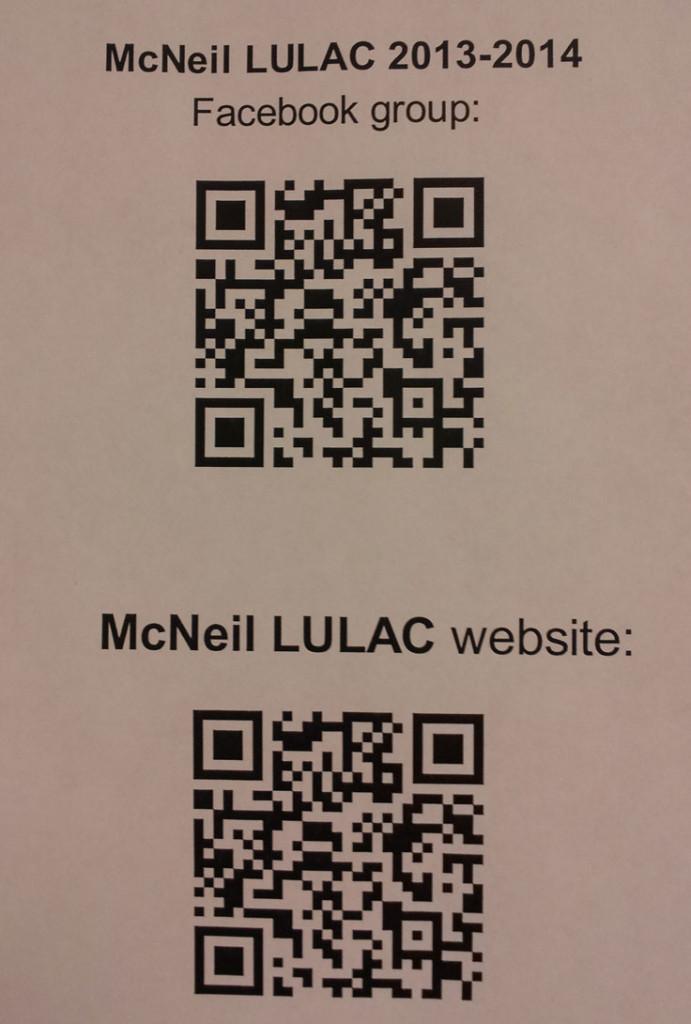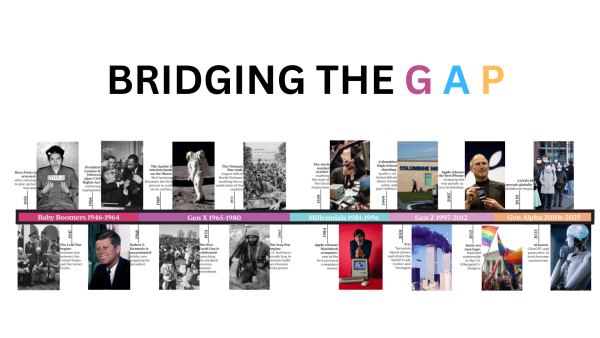QR Codes Offer Direct Access, Ease of Gathering Info
Image by Shannon Steidel
QR Codes are a fast, easy alternative to using website links and search engines.
Take a look at a brochure or newsletter printed within the last couple of years. You’ll probably see the familiar list of phone numbers, links, and maybe even a “Like us on Facebook” image somewhere on the page. However, there is a lesser known, less used form of contact that has been popping up in ads and pamphlets for the past several years: QR codes.
Quick read codes are small boxes with black and white pixels that are arranged in a unique way, similar to a barcode. To scan them, readers download an app and open it so the code will scan. There are several free versions of QR scanners available for Apple and Android phones, as well as most other smart phones.
Once the code is scanned, a window will pop up asking if the reader wants to be directed to the site that the code is linked to. This is helpful because viewers can look at the link and decide whether to open the site or not, which lowers the chance of getting a virus. Once “open browser” has been selected, readers have access to the information.
When they first came out, it seemed like they were going to be really widespread, and a more convenient approach to information. It’s pretty obvious now, after three years of being somewhat mainstream, that QR codes don’t seem to be as innovative or helpful as they were first portrayed. Most of the problem probably lies in the fact that no one thinks to use them, let alone spend 30 seconds finding and downloading an app. Another big factor is that readers need the code present to access the information. For example, if you have a question about a pizza place, you’re probably going to call or go to their website, not order a pizza and then scan the code on the box.
The codes can be useful and have the potential to be helpful. When there are posters around the school asking people to vote online for something it’s much easier, assuming students have the app already, to scan the code and vote. It would take a lot longer to type in the Web address and find the correct page to vote, and most people just aren’t going to put in that much effort. In addition to being faster, viewers also know they are going straight to the site they want to go to, and they won’t spend a long time looking up different keywords on Google and wondering if what they’re reading is credible or not.
There are some drawbacks to using QR codes, but with time, they could become more liked and commonly used.
Your donation will support the student journalists of McNeil High School. Your contribution will allow us to purchase equipment and cover our annual website hosting costs.






